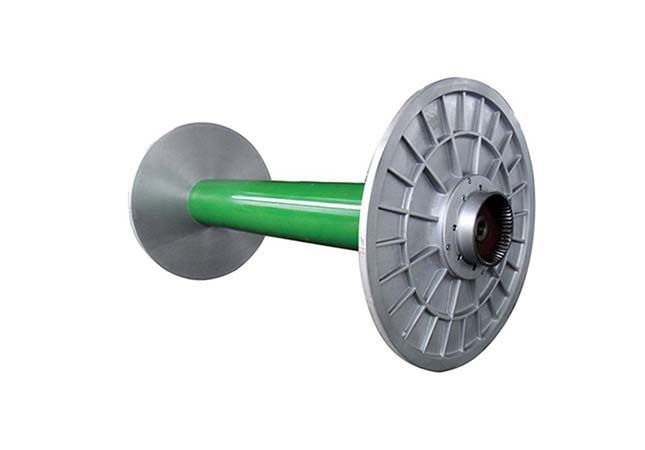Warping is the first process of weaving,is also the basis for well sizing and weaving. With the improvement of the manufacturing technology in weaving machine, the requirements for weaving beam are also getting higher than before.

3 Requirements of Warping
1. Even Tension
Even tension includes the single-end yarn even tension and the sheet yarn even tension in each beam, and the even tension between beams. There are many factors that affect the even tension of a single-end yarn, which includes the unwinding tension of the yarn, the weight of the tension ring, the friction of the yarn passage, the angle of the tension device and the speed of the weaving machine.
Due to the distance between the bobbin and the creel, it will generate a air balloon when yarn is unwinding due to the self-weight of the yarn and the frictional force during yarn unwinding process. The high-speed running balloon will generate a centrifugal force, which is the unwinding tension of yarns.
The unwinding height of the bobbin is the periodic change of the balloon height. The tension will be small if the yarn is drawn from the top of the bobbin while it will be larger when the unwinding reaches the bottom and increases the friction between the yarn and the yarn surface. The change of the unwinding diameter of the bobbin, also is the size of the bobbin, has the influence on the tension is mainly because of the balloon generated by the yarn when the distance between the bobbin and the creel remains unchanged. The balloon is small but the bobbin is large so that the distance between the bobbin and the creel should vary with the size of the bobbin for achieving even tension.
The weight of the tension ring is the decisive factor to determine the yarn tension with its size conducts the tension. The heavier tension ring is, the larger tension is. It is difficult for obtaining a stable and even tension by adjusting tension ring due to the beating of the tension ring during the operation will cause the fluctuation of the tension. Some advanced warping machine can adjust the tension without using the tension ring, which can also avoid uneven tension.
2. Evenly Arranged Yarns
The arrangement of the yarn is even or not directly affects the flatness of the beam. Some places are denser some places are thinner if the yarns are unevenly arranged, which form a series of grooves after being wound into a warp beam. The tension in the convex place is large and will be small in the concave place. It is easy to cause yarn pressing and cutting during sizing, and cause uneven sizing and combing, which affects the flatness of the weaving beam. Especially for jet weaving, the sizing tension of the weaving shaft is inconsistent will generate warp yarn hanging and weft direction stops easily.
3. Even Winding Density
The winding density affects the elasticity of the yarn so that the warp winding density should be determined by the type of fibers and the variety of fabrics. The elasticity of the yarn should be maintained as much as possible to facilitate sizing and weaving and meeting the production conditions at the same time. The yarn will lose too much elasticity and the weaving will definitely break more if the winding density is too high.
Measures of Meeting Warping Requirements
1. Choose a proper distance between the bobbin and the creel and a proper angle of the upper, middle and lower, front and middle and back position of tension devices, for maintaining a stable yarn rewind tension.
2. Reasonably arrange the preparation of tension rings and the segmentation of tension rings. The formulation can be refined according to the type of weaving machine and the tested dynamic tension.
3. Keep the yarn channel clean and smooth to ensure that no accidental friction occurs.
4. Choose a reasonable number of beams and head streaks per beam according to the characteristics of the species, making the yarn arrangement as even as possible.
5. Adopt a reasonable yarn guiding method.
6. Maintain the warping stress evenly and try the best to achieve uniformity in the lateral direction of the shafts, between large and small beams, and between each beam, so as to guarantee a even tension of the weaving beams.




